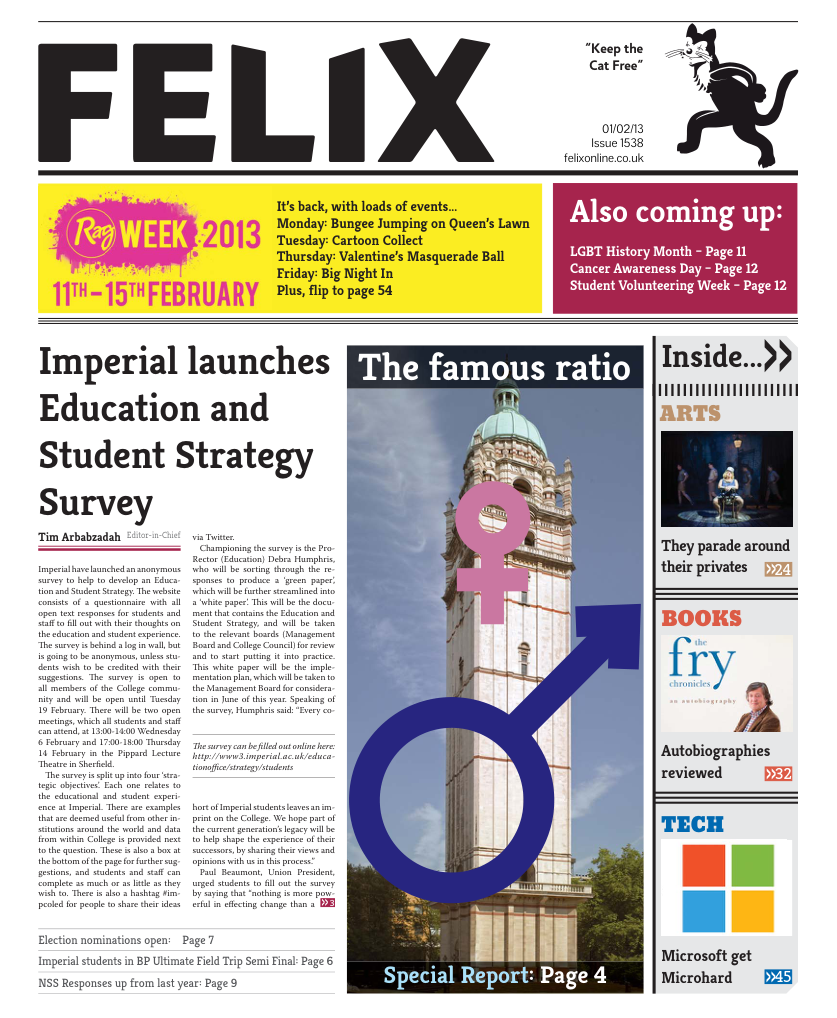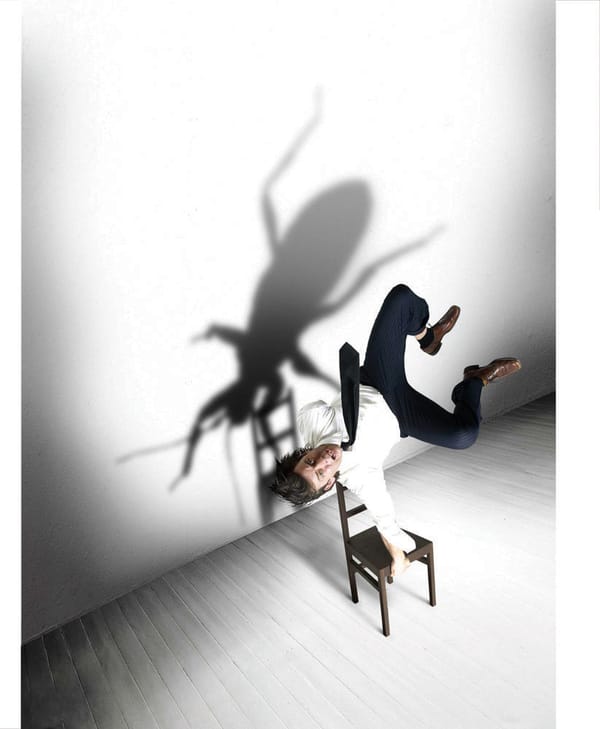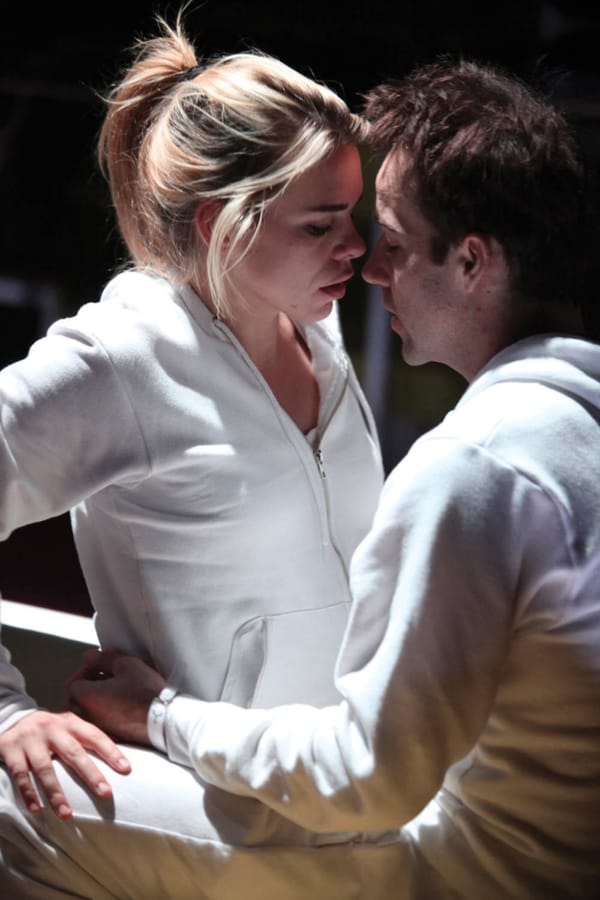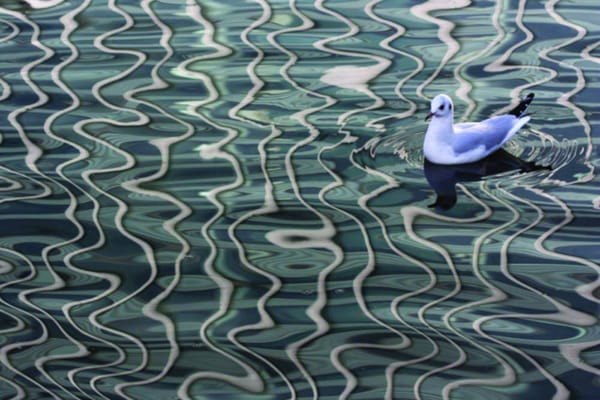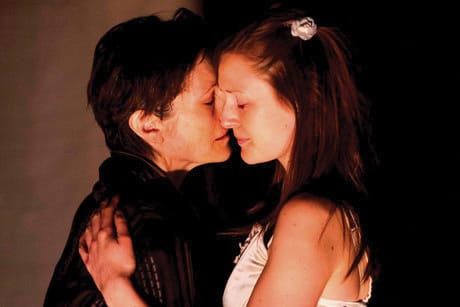Youth in revolt
Fred Fyles on photography from the Middle East
It has been over two years since the beginning of the Arab Spring – the wave of revolutions, protests and conflict that swept the Arabian Peninsula – and things have still not died down. The ongoing civil war in Syria, which has left more than 60,000 dead, along with the continuing protests in Egypt ensure that our newspapers are filled with articles about the Middle East’s struggle for democracy on a daily basis. Whilst this increased exposure has led to heightened interest in the Arab world, it has done nothing to address the way many in the West see the Middle East: a single, monolithic entity, an endless desert stretching across from Africa to India, filled solely with oil wells, terrorists and guns. The V&A’s exhibition, which features work from 30 photographers and artists, helps shine a new light on the Middle East, revealing it to be a place of beauty, creativity and tenacity.
A series of photographs taken by legendary photographer Abbas during the 1979 Iranian Revolution introduces the first section, which aims to document life in the Middle East. His black and white images of young men burning portraits of the Shah hang next to work by Newsha Tavakolian showing elderly Iranian women cradling photos of their sons, who died years before in the Iran-Iraq war, conjuring up an image of the region with which we are all familiar: a land of conflict and violence. However, work by other artists challenges this view of the Middle East; Tal Shochat’s staged pictures of impossibly perfect pomegranate trees highlight the fertility of his native Israel, while Issa Touma’s documentation of Sufi pilgrims in northern Syria display the colourful traditions which continue to this day. Young Middle Eastern artists are documenting the experience of what living is like in the area, and what being Middle Eastern means to them.
Hassan Hajjaj’s portraits open the next section, and playfully explore the culture clash between East and West; women’s eyes peep out from behind Louis Vuitton emblazoned headscarves, and traditional footwear is presented decorated with the Coca-Cola logo. Hajjaj is inspired by Western fashion photography, and this reimagining of Western art is continued by Raeda Saadeh, whose portrait Who will make me real shows the artist reclining in a pose similar to the ones found in 19th Century European nudes. Her body is covered in a cast made from Palestinian newspapers, which reveal her curves but destroy the sensuality normally associated with such portraits; Saadeh is immobilised, and stares rigidly at the viewer from inside her paper-mâché prison. Shadi Ghadirian’s photographs show teenage girls dressed in the style of 19th Century Iran’s Oajar period, but he has included an anachronism is each portrait which clashes with the traditional veils and skirts many of the girls wear; one girl poses clutching a Pepsi can, while another reaches up to adjust her Ray-Bans. These works explore what it means to be young in the Middle East, and question whether traditional Islamic culture will coexist with Western consumerism.
The last section is by far the most powerful and, arguably, the most important, as it shows how art can be a conduit for social change and rebellion. The artists displayed here have all made works protesting against current regimes in the Middle East. Amirali Ghasemi’s work directly challenges the oppression faced by young people in Iran, as well as the censorship put in place by the government. His series Party shows photographs taken at unsanctioned, illegal private parties in Tehran, but all the exposed skin shown has been cut out, replaced by a gaping white blankness, creating powerful, unsettling images. This protest against censorship is a theme explored in Jowhara AlSaud’s line drawings of featureless, anonymous figures, printed on airmail envelopes. The figures are shown embracing, creating an atmosphere of longing, while the envelopes may refer to attempts at communication thwarted by the Saudi Arabian government.
It is not just the Middle East that is criticised; in her series Most Wanted, Taraneh Hemami took mugshots from a US governmental website shortly following 9/11 and distorted them by scratching the print surface. The result is a series of blurred faces. Thekey features can no longer be distinguished, but broad details such as headscarves can still be made out, referencing both western stereotypes of the Middle East, and the heavy-handedness displayed by the American government directly following the 9/11 attacks.
The exhibition displays a Middle East that is young, vibrant,and quickly evolving. As the region becomes more developed, and countries such as Saudi Arabia have an ever-increasing importance in global politics, it is vital that we come to recognise the Middle East as a veritable hotbed of cultural activity. The changes taking place there are far from over; in fact, they have only just begun.
Light from the Middle East: New Photography at the V&A. Free admission


